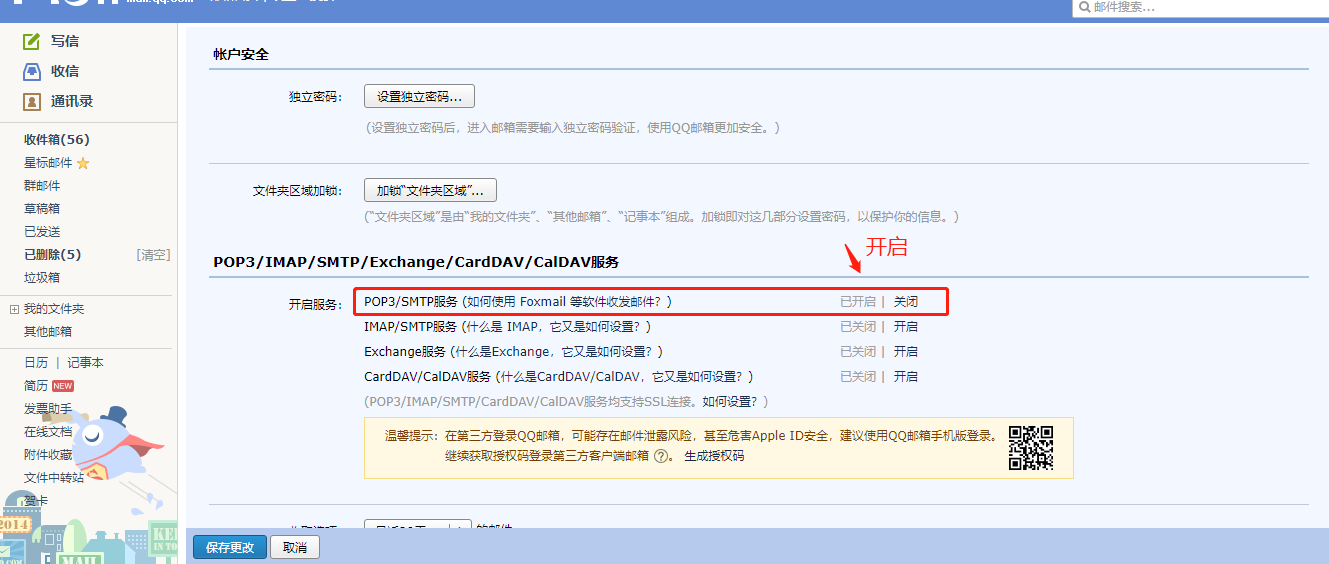springBoot中的任务处理实现(异步任务、邮件任务、定时执行任务)
一、异步任务(主要涉及两个注解@EnableAsync--开启和@Async--指定方法为异步方法):
1、首先SpringBoot开启异步运行环境,通过注解@EnableAsync开启
package com.liu; import org.springframework.boot.SpringApplication; import org.springframework.boot.autoconfigure.SpringBootApplication; import org.springframework.scheduling.annotation.EnableAsync; @SpringBootApplication @EnableAsync public class SpringBootAsynchronousMissionApplication { public static void main(String[] args) { SpringApplication.run(SpringBootAsynchronousMissionApplication.class, args); } }
2、service层
package com.liu.service; import org.springframework.scheduling.annotation.Async; import org.springframework.stereotype.Service; import org.springframework.web.bind.annotation.RequestMapping; @Service public class AsyncService { //告诉spring这是一个异步方法 @Async public void time(){ try { Thread.sleep(3000); } catch (InterruptedException e) { e.printStackTrace(); } } }
3、controller层
package com.liu.controller; import com.liu.service.AsyncService; import org.springframework.beans.factory.annotation.Autowired; import org.springframework.web.bind.annotation.RequestMapping; import org.springframework.web.bind.annotation.RestController; @RestController public class ControllerTest {
//注入service层 @Autowired AsyncService asyncService; @RequestMapping("/hello") public String hello(){
//调用方法 asyncService.time(); return "ok"; } }
4、进入页面进行测试,如果不开启异步方法,需要等待3s,开启则不需要等待,页面将直接显示ok
二、邮件任务(qq邮箱为例)
1、开启POP3/SMTP服务

2、获取授权码

3、导入对应的dependce依赖
<dependency> <groupId>org.springframework.boot</groupId> <artifactId>spring-boot-starter-mail</artifactId> </dependency>
4、application.properties中的配置
spring.mail.username=1216688798@qq.com spring.mail.password=mdqdkzrgzjxzidih spring.mail.host=smtp.qq.com spring.mail.properties.mail.smtp.ssl.enble=true
5、在测试类中,写方法进行测试
package com.liu; import org.junit.jupiter.api.Test; import org.springframework.beans.factory.annotation.Autowired; import org.springframework.boot.test.context.SpringBootTest; import org.springframework.mail.SimpleMailMessage; import org.springframework.mail.javamail.JavaMailSenderImpl; import org.springframework.mail.javamail.MimeMessageHelper; import javax.mail.MessagingException; import javax.mail.internet.MimeMessage; import java.io.File; @SpringBootTest class SpringBootAsynchronousMissionApplicationTests { //简单邮件 @Autowired JavaMailSenderImpl javaMailSender; @Test void contextLoads() { SimpleMailMessage simpleMailMessage = new SimpleMailMessage(); simpleMailMessage.setSubject("你好"); simpleMailMessage.setText("谢谢你"); simpleMailMessage.setTo("**********@qq.com"); simpleMailMessage.setFrom("**********@qq.com"); javaMailSender.send(simpleMailMessage); } //复杂邮件 @Test void contextLoads1() throws MessagingException { MimeMessage mimeMessage = javaMailSender.createMimeMessage(); // 组装 MimeMessageHelper helper = new MimeMessageHelper(mimeMessage,true,"utf-8"); helper.setSubject("你好~"); helper.setText("<h1>你好</h1>",true); helper.addAttachment("1.png",new File("C:\\Users\\Lenovo\\Desktop\\1.png")); helper.setTo("**********@qq.com"); helper.setFrom("**********@qq.com"); javaMailSender.send(mimeMessage); } // 后期可以封装成为一个工具类,进行调用 }
三、定时执行任务(主要为两个注解@EnableScheduling和@Scheduled)
1、@EnableScheduling 开启定时
package com.liu; import org.springframework.boot.SpringApplication; import org.springframework.boot.autoconfigure.SpringBootApplication; import org.springframework.scheduling.annotation.EnableScheduling; @SpringBootApplication @EnableScheduling public class SpringBootAsynchronousMissionApplication { public static void main(String[] args) { SpringApplication.run(SpringBootAsynchronousMissionApplication.class, args); } }
2、设定时间执行
package com.liu.service; import org.springframework.scheduling.annotation.Scheduled; import org.springframework.stereotype.Service; @Service public class ScheduledService { @Scheduled(cron = "20 19 * * * ?") public void test(){ System.out.println("系统执行了"); } }
完~~~
